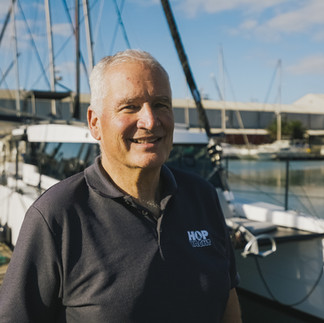Boating South Africa recently put together a fantastic video showcasing our latest HopYacht, and they highlight many of the new features we’ve carefully designed for your comfort and enjoyment.
If you’re considering making a HopYacht your own, this video offers a great look at how it will elevate your lifestyle on the water. It’s definitely worth a watch!











